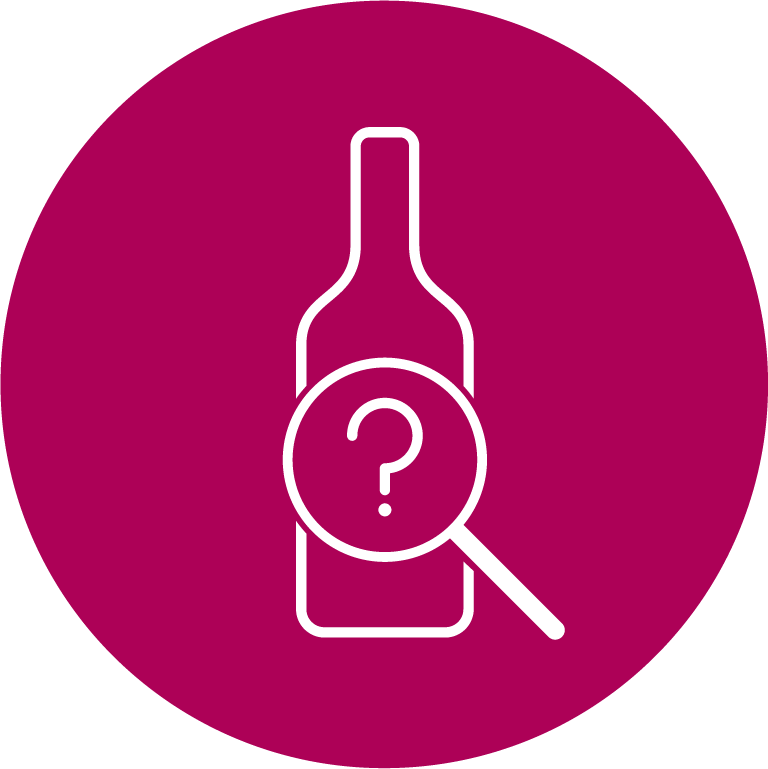I suspect that the theme for this blog may be met with a nonchalant shrug by many. The name sounds vaguely familiar, you think it sounds Italian but aren’t really sure? If, however, I was to say Chianti then I think the response would be more one of recognition.
Yes, Sangiovese is Italian, although creditable versions are now being made as far afield as Australia and Argentina, it remains pretty steadfastly Italian. Hailing from Central Italy, its homeland is Tuscany but it pops up regularly as the work-horse grape of Emilia Romagna, Abruzzo and Umbria.
About the grape
It is Italy’s most planted variety so why isn’t it more widely known or lauded? The answer is arguably all to do with history, it has struggled to shrug off the impact that poor viticulture had on it – from high yields which produced astringent, thin, high acid wines, likely to peel the enamel off your teeth.
No, Sangiovese needs a lot of love and a lot of attention. A thin skinned, early budding, late ripening grape, it has been likened to Pinot Noir, more I suspect because it is a fickle grower and requires a hell of a lot of love in the vineyard than for any other reason! Indeed, it is this sensitivity to site and climate that has meant the grape has struggled to have an impact globally.
Sangiovese has many sub-varieties and clones and masquerades under a variety of names “Brunello”, “Prugnolo Gentile” and “Morellino” to name just a few!
‘Blood of Jove’ is the literal translation which is quite ironic in a way given that Sangiovese is a grape which can struggle with colour retention although improvements in the vineyard and in the winery have improved this.
Wine styles
Sangiovese can be used to produce varietal wines but it is often found as part of a multi-variety blend. In Chianti it is most often used as the dominant grape in the blend although 100% Sangiovese wines are increasingly common. As Brunello di Montalcino however it is a 100% varietal wine.
Did you know? Historically Chianti would blend Sangiovese with local varieties such as Colorino to help fix the colour.
Sangiovese can be oaked or unoaked (in both botte or barrique) depending on the winemaker’s preference.
Highly versatile, apart from dry red wines, Sangiovese is used to produce rosé wines, sweet Vin Santo Occhio di Pernice, and even Spumante sparklers.
Did you know? The hugely expensive “Super-Tuscans” (think Tignanello, Sassicaia and Ornellaia) are predominantly made from non-indigenous varieties. Although Sangiovese can be included in the blend, these wines tend to be produced from Cabernet Sauvignon, Cabernet Franc and Merlot.
Flavour profile
Sangiovese is something of a chameleon, depending on where it is grown and how it is vinified, there are many different flavour and aroma characteristics, but it will always have acidity and tannin by the bucketful!
Rustic/Traditional styles – tend towards the savoury, earthy profile with tomato leaf, roasted tomatoes, floral and herbal notes alongside the characteristic sour cherry. There is often a tell-tale dusty tea note evident. Because oak tends to be used sparingly in the more rustic traditional versions, the wines don’t pick up the sweet spices commonly associated with wood, the influence is more to soften and integrate the tannin and acidity.
Modern styles – tend to be more fruit forward, particularly those from warmer regions where flavours can be more towards strawberry jam, spiced cherry and vanilla (from oak) with the wines having a fuller body and softer tannins and acidity. From warmer climes alcohol levels will also be noticeably higher.
Best known wines
Apart from the aforementioned Chianti and Brunello di Montalcino you have
- Vino Nobile di Montepulciano (and Rosso di Montepulciano)
- Morellino di Scansano
- Carmignano
Top tip – Rosso di Montalcino and Rosso di Montepulciano are younger wines from the stable of ‘Brunello’ and ‘Vino Nobile’ respectively – second wines if you like, with that comes less oak ageing, more approachability earlier and a lot less of an impact on the wallet.

Producers to look for
Chianti can be a bit hit and miss, but I always think the safe bet is to find a producer whom you like and explore their range of wines. For me, you can’t go wrong with Fontodi and Selvapiana – both of whom I can highly recommend.
If you want a more entry level wine then Fontodi’s ‘Chianti Classico’ is a good starting point, but Selvapiana’s `Vigneto Bucerchiale’ is a step up and is lovely, albeit more expensive. Note I will be looking at including this in an upcoming wine club mixed case so stay tuned!
For those with (a lot) more budget – Biondi-Sandi is the daddy when it comes to Brunello, but Banfi is a big name readily available on the High Street.
I will look to do more of a detailed blog on Chianti in the future, as this is a region worth more exploration, but for now that brings “S” for Sangiovese to a close.
Next up “T” is for Txakoli.
